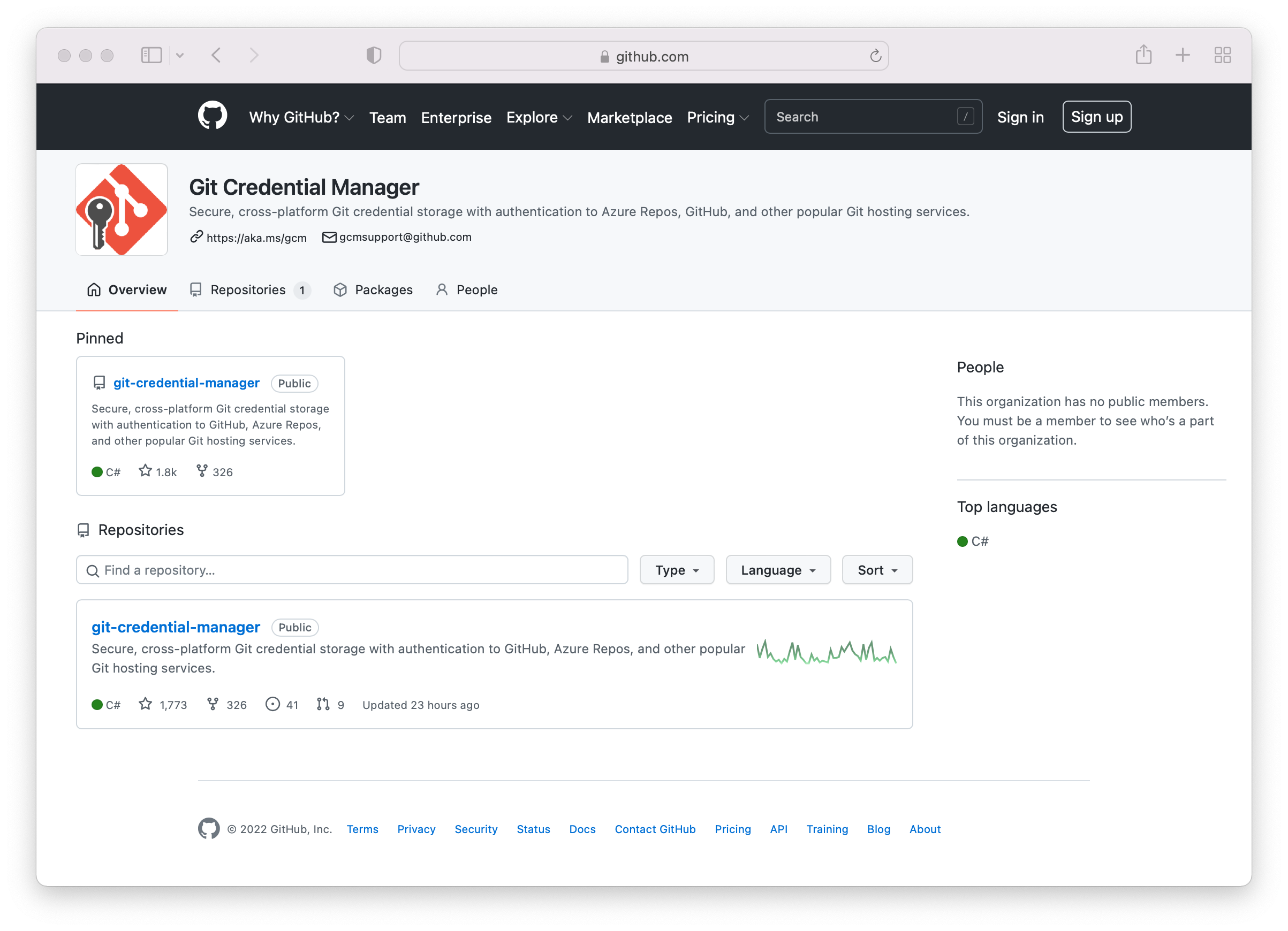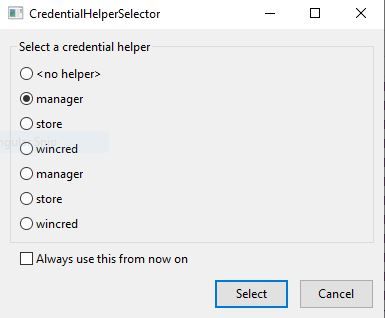

Note, this isn't the same place as your Developer Settings OAuth Apps. Now you can see which applications have access to your GitHub account and revoke any if necessary. There's also a way for you to track which applications have access to your GitHub account: In these settings you can generate and manage tokens. Select "Personal Access Tokens" from the left.Scroll down and select "Developer Settings" from the left.If the command line isn't your cup of tea, then you can generate keys from the GitHub web:

You don't just have to use the terminal in order to generate keys. Check out the GitHub Docs for how to manually generate keys. If you're using macOS, you can generate SSH keys in order to authenticate your GitHub account. If you're on Windows, it's pretty easy to authenticate as you'll see below. There are lots of different types of SSH keys. Instead, the encryption is used to manage this login and therefore secure your login details. Someone can't just login remotely from one system into another. Using SSH protocol makes a network much more secure. SSH or Secure Shell keys is the name of the key (or protocol) used when you need to authenticate in order to use a provider. It's also a term associated with connecting from one machine to another. The term often comes up when you're trying to login or use a cloud service outside a web browser. If you work in tech, you've probably heard the term SSH keys. If you're using Git and GitHub then there are a few ways to authenticate to ensure your code is secure.

It will also keep your code more safe and secure. Here's a bunch of ways to authenticate Git so you don't have to type a password with every action. Have you been using Git on the command line? Notice how you have to always type in your password? Not only is this SUPER annoying, it also presents a security issue.


 0 kommentar(er)
0 kommentar(er)
